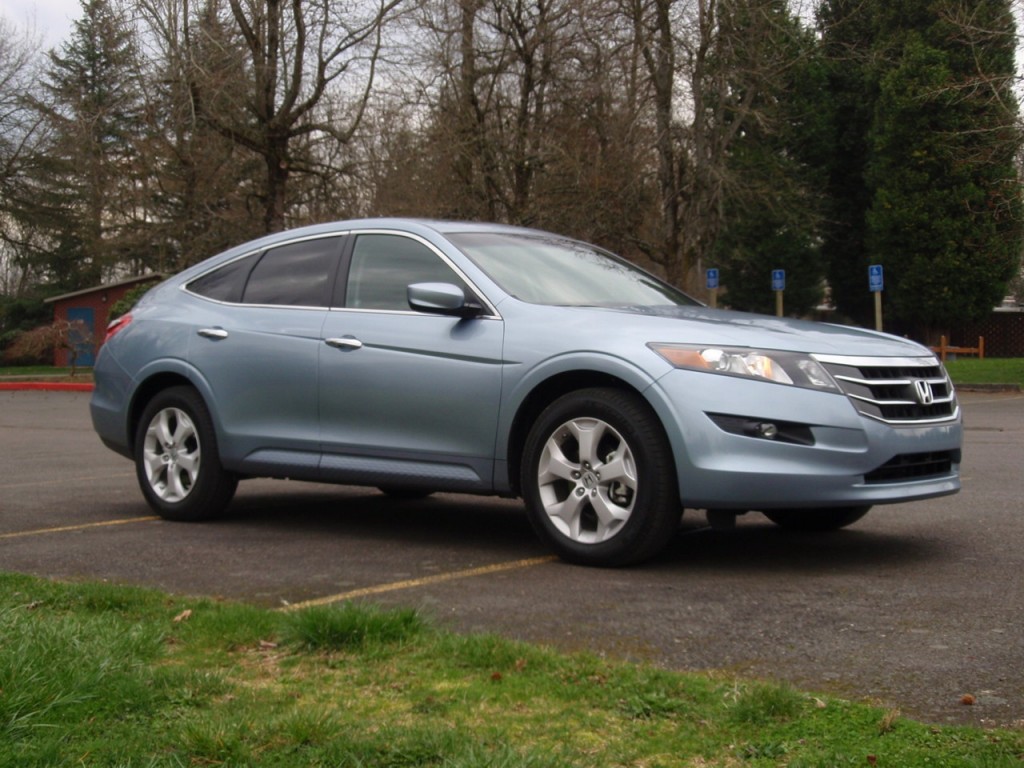Should You Get Comprehensive Car Insurance?

Before we discuss the reasons for purchasing comprehensive car insurance, it's important to have a clear understanding of what comprehensive coverage means. According to Insurance Services Offices (ISO)*, there are two main categories of covered physical damage losses including collision damage losses and losses other than collision. These two categories are often referred to as collision coverage and comprehensive coverage.
Comprehensive car insurance is auto insurance that covers loss to the insured's vehicle caused by an object, disaster, or theft. In addition to theft, comprehensive covers fire, falling objects, explosions, or other unexpected non-collision related disasters. Comprehensive car insurance does not cover bodily injury. Collision reimburses the insured for the full cost of repairs or replacing the vehicle after an accident.
Comprehensive car insurance may be useful for owners of vehicles that are less than five years old. Comprehensive car insurance, along with collision, can account for 30 to 40 percent of your total premium. They are also cash value coverages. This means, if your car is damaged beyond repair, you are only entitled to recoup the Kelly Blue Book (KBB) value of the car. As your car ages, the KBB value declines. So, the general rule of thumb is this: if both your collision and comprehensive are more than 10 percent of the KBB value of your car, you might consider dropping these coverages. If your car is only worth several thousand dollars, you might also consider dropping these coverages. If you eliminate collision and comprehensive, in the event of an accident that is your fault or if your gets totaled or stolen, you will have to pay the repair bill.
If you decide to carry collision and comprehensive (whether your car is 5 years old or 15 years old) you should consider choosing the highest deductible you can afford. This will lower your premium considerably. $1,000 is the most popular deductible for this type of coverage.
Other Ways to Lower Your Auto Insurance Premium
You may qualify for a number of auto insurance discounts ranging from good driver discounts to non-smoker discounts. In addition to good driver discounts, some of the most common auto insurance discounts include: safe driver certification, mature driver discounts, car-pool driver discounts, multicar household, multipolicy discounts, antitheft device discount, seat belt and air bag discounts, discounts for good grades, and discounts for non-smokers.
Good driver discounts are for drivers with accident and/or violation free records and safe driver certification may be obtained from a state approved driving school. Mature drivers are 50 years old or better and they may receive 10 to 20 percent off premiums with a valid drivers license and low usage. Car-pool drivers qualify for a 10-20 percent discount through many auto insurance companies, and if your family has more than one car, putting them all on one policy may qualify for a 15-20 percent discount. Multipolicy discounts offer no less than 10 percent for carrying home, life, and health (if available) insurance policies with the same insurance company.
Antitheft devices can help save 5 to 15 percent and automatic seat belts or air bags can reduce the premium for medical coverages by as much as 30 percent.
Believe it or not, some insurance companies offer lower rates to nonsmokers for liability, medical benefits, and collision coverages. Auto insurance companies see smoking as a high-risk behavior while driving, so they offer discounts of 10% or more if you are less likely to light up.
*Insurance Services Offices (ISO) is an insurance industry support, rating, and information organization. The policy forms developed and published by the ISO are used by many insurers without alteration.
Michelle Burton is a published author and contributing editor for Auto Insurance Tips, Trouvé Media, Internet Brands, and Publications International, Ltd.